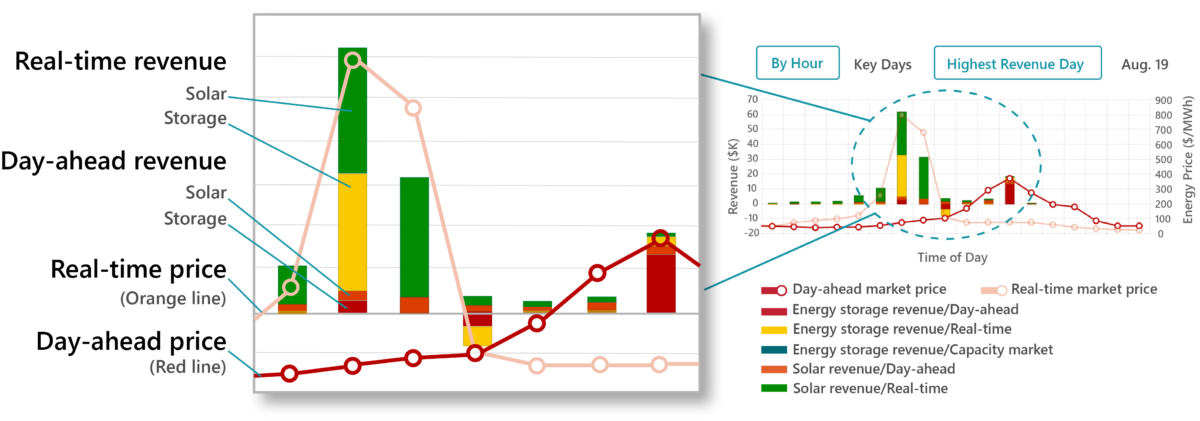UL, a global safety science firm, announced the release of software aimed at optimizing the value of utility-scale energy storage systems, either as standalone storage or when paired with solar PV or wind. The product, called HOMER Front, is a licensable web-based software platform for designing and optimizing energy storage systems.
HOMER software was originally developed at the National Renewable Energy Laboratory, and has performed over 250,000 project calculations in over 190 countries. The suite of HOMER products includes “Pro”, designed for microgrids and distributed energy resources, and “Grid”, designed for commercial and industrial customers operating hybrid renewable plus storage projects.
UL’s newest energy storage software platform arms developers and financiers with insights to evaluate a system’s performance and make project decisions to advance the buildout of energy storage, a key counterpart to both solar PV and wind energy.
The platform is built with battery dispatch modeling and performs technical and economic analysis aimed at maximizing revenues. The software allows users to align battery augmentation strategies for participating in capacity and energy markets and meeting off-take agreement requirements. It provides insights on the wide set of possible revenue streams across diverse markets like Texas’ ERCOT and California CAISO operating regions.
The software is available to developers in the US, Canada, Europe, Asia, Oceania, and Latin America.

The set of services provided by the platform include:
- Optimal sizing of energy storage in utility-scale systems
- Battery capacity degradation and augmentation strategies to maximize revenue and minimize expenses
- Revenue stack analysis from:
- Wholesale energy markets with hourly and sub-hourly pricing
- Capacity markets such as resource adequacy in the CAISO market
- Power purchase agreements, including shaping or time of delivery capacity injection requirements
- Sensitivity analysis to screen projects for economic viability and de-risk internal rate of return
“By providing accurate, detailed results for different system configurations, HOMER Front allows developers and financiers to evaluate the system’s performance and make critical project decisions with confidence,” said Colin Tareila, engineering manager of renewables for UL. “We’re extremely pleased with the significant advantages we’ve seen HOMER Front provide through our work on UL’s advisory projects and feedback from early users of the software. The capabilities will help advance deployment of energy storage projects worldwide.”
This content is protected by copyright and may not be reused. If you want to cooperate with us and would like to reuse some of our content, please contact: editors@pv-magazine.com.









By submitting this form you agree to pv magazine using your data for the purposes of publishing your comment.
Your personal data will only be disclosed or otherwise transmitted to third parties for the purposes of spam filtering or if this is necessary for technical maintenance of the website. Any other transfer to third parties will not take place unless this is justified on the basis of applicable data protection regulations or if pv magazine is legally obliged to do so.
You may revoke this consent at any time with effect for the future, in which case your personal data will be deleted immediately. Otherwise, your data will be deleted if pv magazine has processed your request or the purpose of data storage is fulfilled.
Further information on data privacy can be found in our Data Protection Policy.